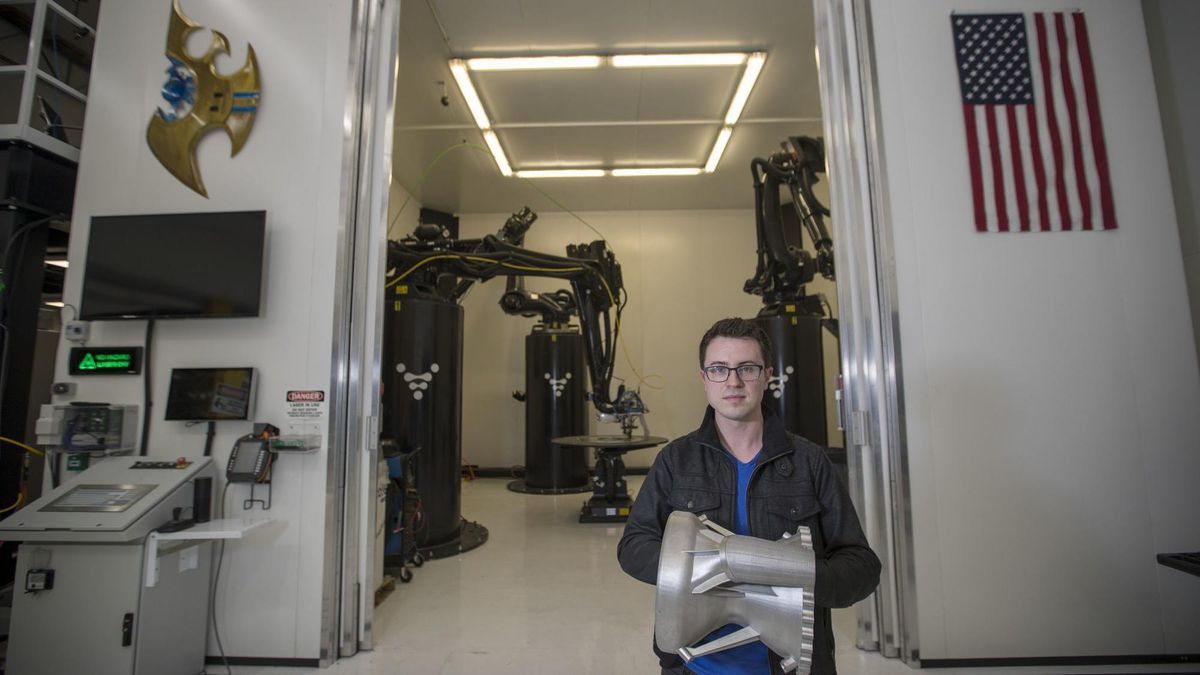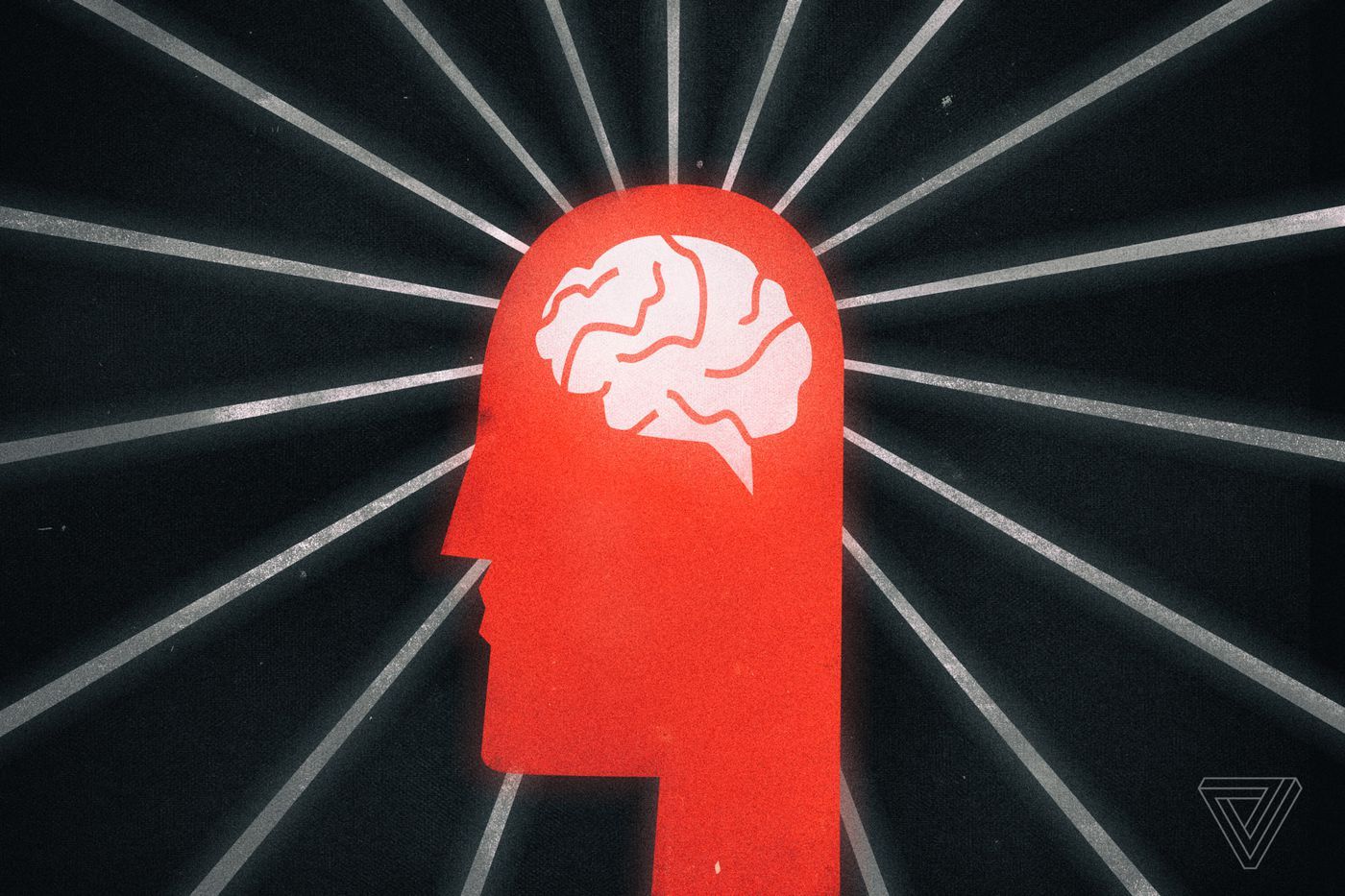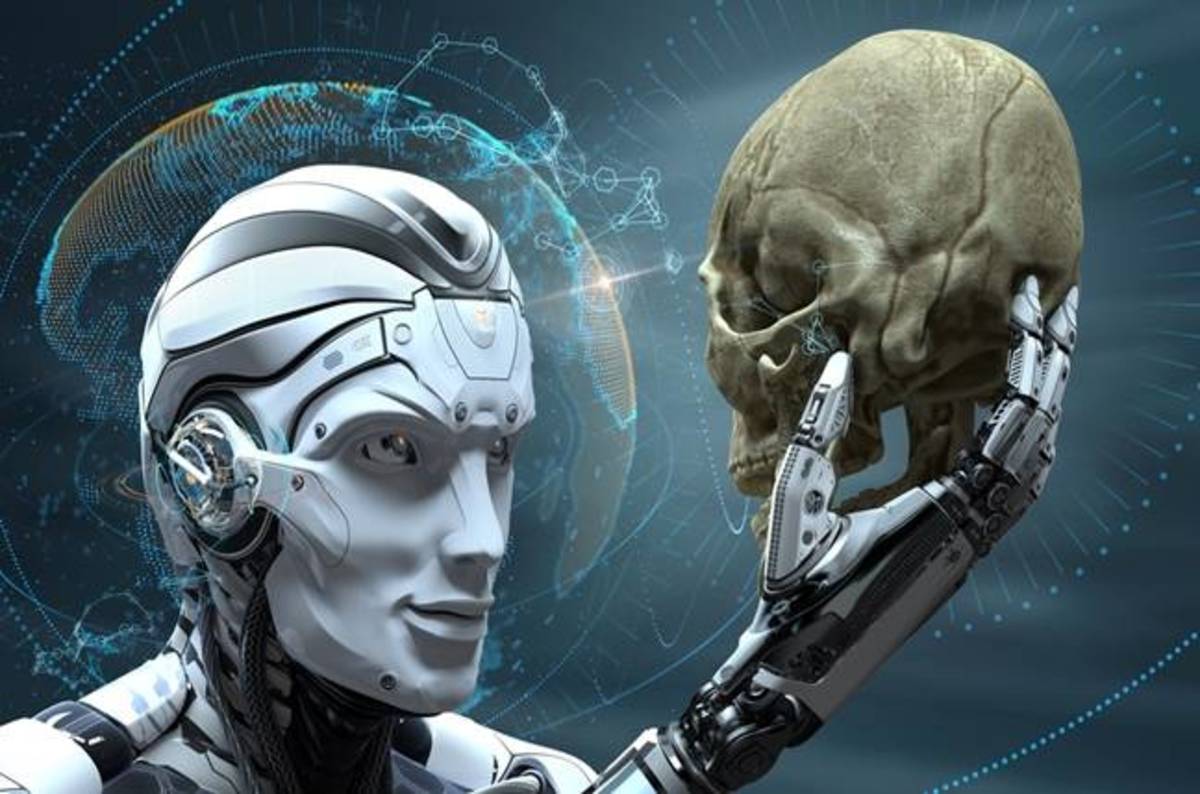Andrew Ng shares what it takes to create an “AI-first company.”





This month I’m participating in Cato Institute’s Cato Unbound discussion. Cato is one of the world’s leading think tanks. Here’s my new and second essay for the project:
Professor David D. Friedman sweeps aside my belief that religion may well dictate the development of AI and other radical transhumanist tech in the future. However, at the core of a broad swath of American society lies a fearful luddite tradition. Americans—including the U.S. Congress, where every member is religious—often base their life philosophies and work ethics on their faiths. Furthermore, a recent Pew study showed 7 in 10 Americans were worried about technology in people’s bodies and brains, even if it offered health benefits.
It rarely matters what point in American history innovation has come out. Anesthesia, vaccines, stem cells, and other breakthroughs have historically all battled to survive under pressure from conservatives and Christians. I believe that if formal religion had not impeded our natural secular progress as a nation over the last 250 years, we would have been much further along in terms of human evolution. Instead of discussing and arguing about our coming transhumanist future, we’d be living in it.
Our modern-day battle with genetic editing and whether our government will allow unhindered research of it is proof we are still somewhere between the Stone Age and the AI Age. Thankfully, China and Russia are forcing the issue, since one thing worse than denying Americans their religion is denying them the right to claim the United States is the greatest, most powerful nation in the world.
A general theme of government regulation in American science is to rescind red tape and avoid religious disagreement when deemed necessary to remain the strongest nation. As unwritten national policy, we broadly don’t engage science to change the human species for the better. If you doubt this, just try to remember the science topics discussed between Trump and Clinton in the last televised presidential debates. Don’t remember any? No one else does either, because mainstream politicians regretfully don’t talk about science or take it seriously.

In the not so distant future autonomous vehicles may rule the road. Could the ability of fish to swim together provide insights for engineers to make automated driving safer?
“One thinks about autonomous cars in isolation. But what is also important is the information which is being shared between cars,” Trevor Worthington, Shanghai-based vice president for product development at Ford Asia Pacific, told journalists this week at the Beijing auto show.
“For example, I’m a car driver now on the road, I don’t know whether it’s a dog or a person (in front of me). But that other car has a much better view and knows it’s a dog. So, if it was able to share information with me…” that could help avoid an accident, he said.

Another problem is that we still don’t have enough data about every compound, according to Wolverton, and a lack of data means algorithms aren’t very smart. That said, he and Mehta are now interested in using their method on other types of materials beside metallic glass. And they hope that one day, you won’t need a human to do experiments at all, it’ll just be AI and robots. “We can create really a completely autonomous system,” Wolverton says, “without any human being involved.
For hundreds of years, new materials were discovered through trial and error, or luck and serendipity. Now, scientists are using artificial intelligence to speed up the process.

Think Java code-completion on steriods
Code boffins at Rice University in Texas have developed a system called Bayou to partially automate the writing of Java code with the help of deep-learning algorithms and training data sampled from GitHub.

Cloud-based, AI-powered location technology is creating the highly accurate and always up-to-date maps that can revolutionize everything from autonomous cars to connected cities. To learn more about the application of data-enriched mapping to industries from retail to automotive, manufacturing, transportation and city planning, don’t miss this VB Live event!
Location is at the heart of everything: it’s the nexus between a device or an individual and the environment they interact with, and it can become the foundation of a smarter society. Location data is powered by cloud capabilities: global maps, traffic information and hundreds of millions of connected devices brought together to create the most up-to-date maps and power the “The Location of Things.”

Tired of writing your own boring code for new software? Finally, there’s an AI that can do it for you.
BAYOU is an deep learning tool that basically works like a search engine for coding: tell it what sort of program you want to create with a couple of keywords, and it will spit out java code that will do what you’re looking for, based on its best guess.
The tool was developed by a team of computer scientists from Rice University who received funding both from the military and Google. In a study published earlier this month on the preprint server arXiv, they describe how they built BAYOU and what sorts of problems it can help programmers solve.

Rain Design isn’t the first company to fall victim to the aggressive techniques Amazon uses to achieve market dominance. Although its retail site is the most visible of its business strands, the $740bn company has quietly stretched its tentacles into an astonishing range of unrelated industries. Google and Facebook might have cornered the online advertising market, but Amazon’s business successes now include groceries, TV, robotics, cloud services and consumer electronics.
With its profound knowledge of its customers, Amazon can move into almost any sector – striking fear into the hearts of rivals. And the $740bn company is ‘just getting started’
By Olivia Solon and Julia Carrie Wong in San Francisco
Tue 24 Apr 2018 11.32 EDT Last modified on Tue 24 Apr 2018 17.00 EDT.